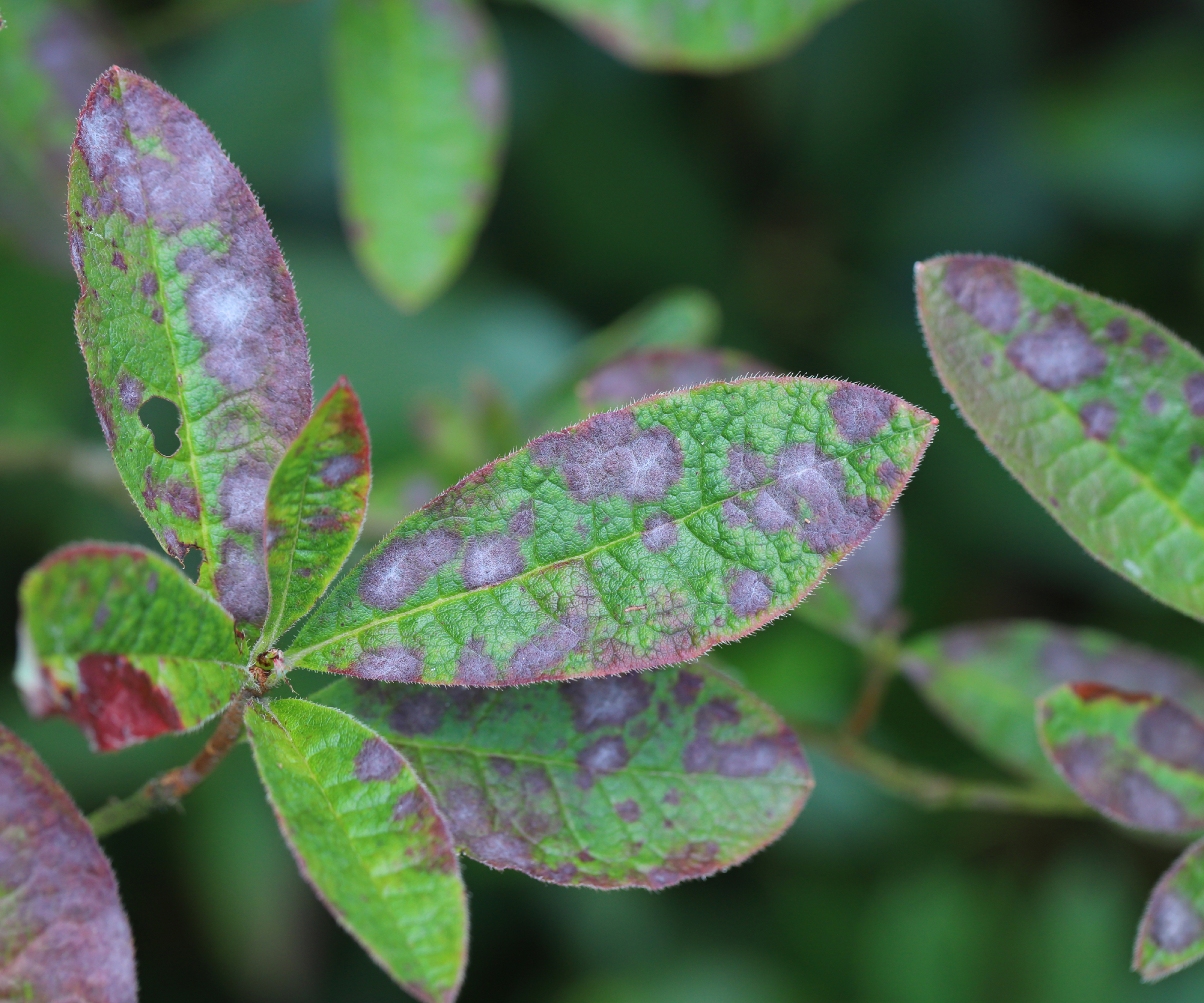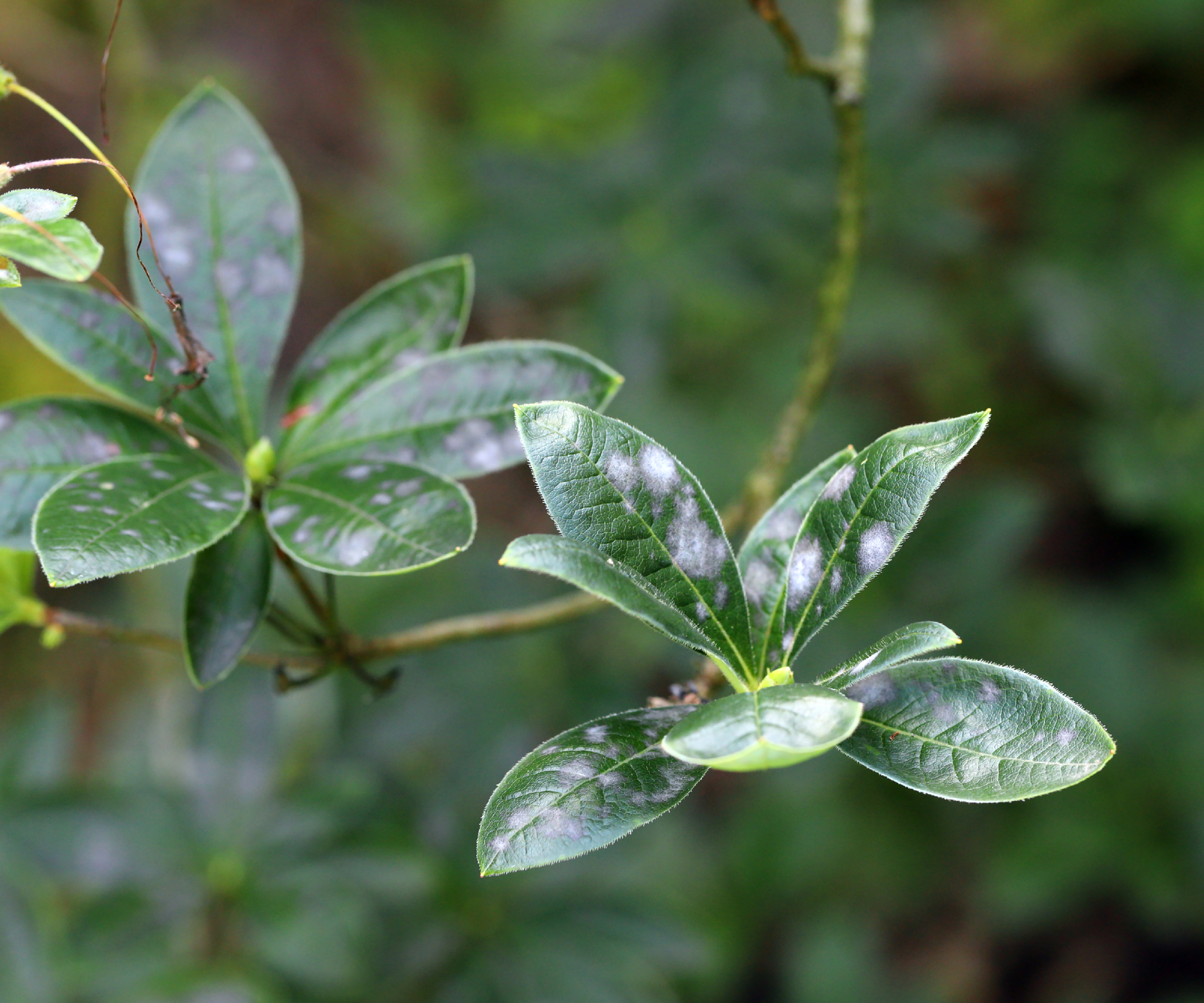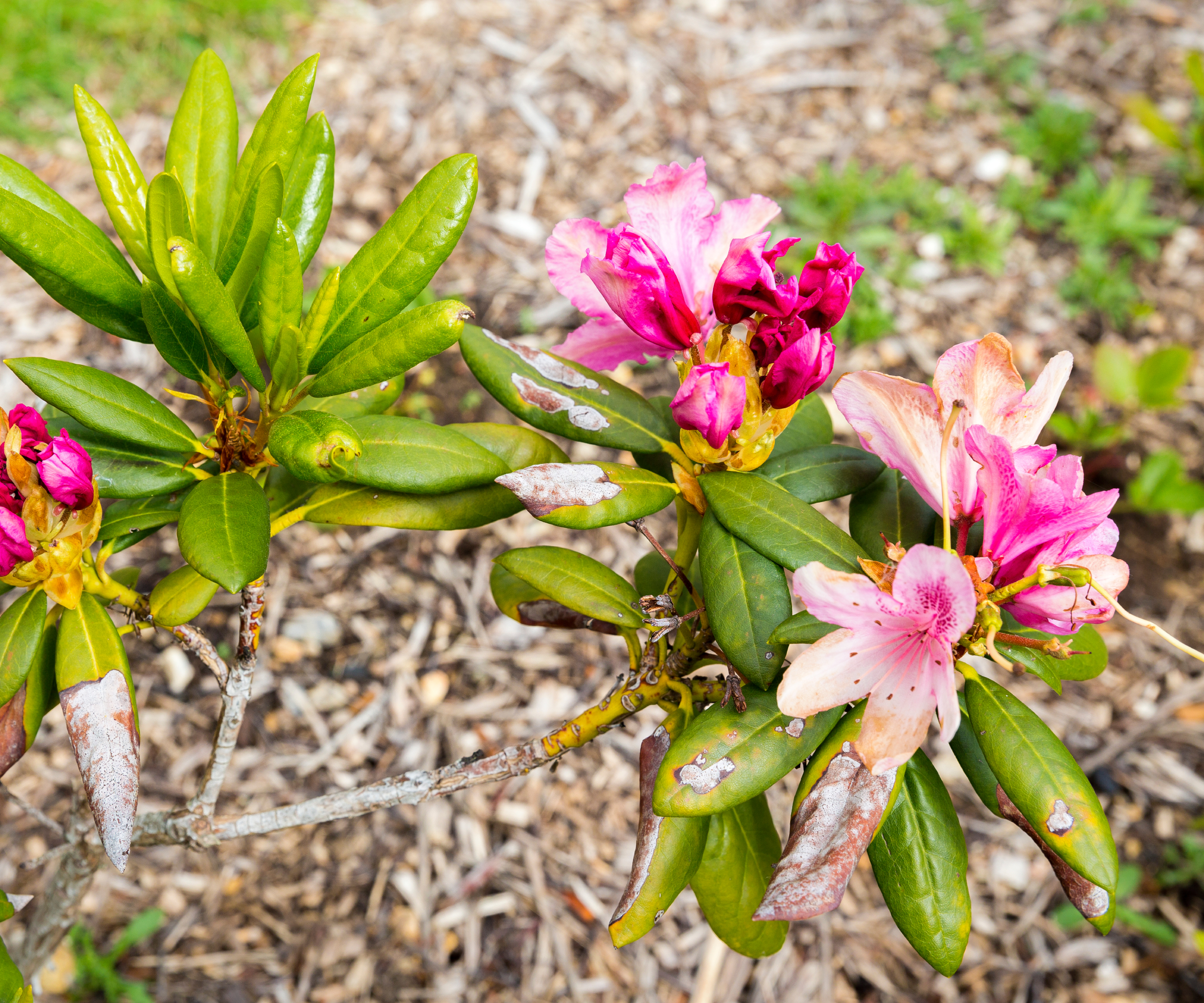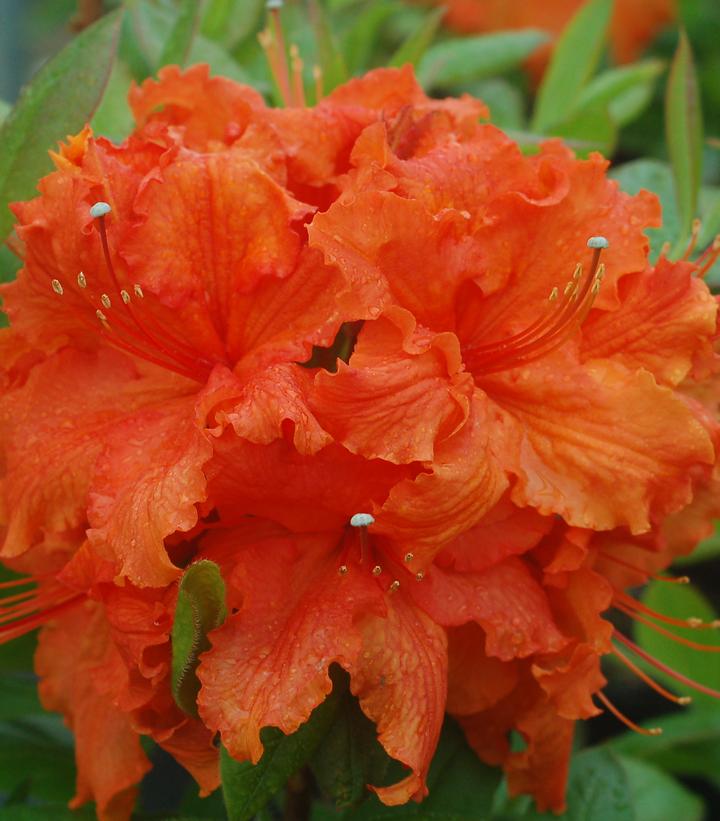Common Azalea Diseases: Diagnose Problems & Keep Shrubs Healthy For Years To Come
Azaleas are one of the most popular spring-flowering shrubs. While generally hardy, azaleas occasionally can be bothered by diseases.

Amy Draiss
Azaleas are known for their gorgeous blossoms and easy-care ways. But even these garden favorites can have problems. If your azalea plant is looking under the weather – and especially if you see your azalea bush dying - it’s important to figure out what’s going on. Whether you have problems with azaleas in pots or in the ground, treating them promptly is important. Luckily, any common issues with azaleas – including azalea diseases - can be handled if treated quickly.
Common Azalea Diseases
You’ll have a hard time finding landscape plants that never, ever have problems, and azaleas are no exception. These plants are vulnerable to the same diseases as other plants and are particularly prone to fungal issues. If you find yourself asking “why are my azaleas dying?”, you’ll want to act quickly.
Here is a list of some of the most common azalea diseases to help you start diagnosing the problem. Note that most are fungal diseases caused by insufficient drainage or excess irrigation.
Phytophthora Root Rot
Phytophthora root rot is a fungal disease. You will notice dark brown spots that mar the newest leaves. These leaves will then begin to curl. If the disease progresses, cankers develop on the stems and all foliage above the cankers will die. Leaves can darken and hang onto the tree while the stems shrink.
To treat, prune off all infected branches. Take the stem off some distance below the dieback to clean wood. Sterilize the pruners before and after.

Leaf and Flower Gall
Flower gall only occurs on blossoms, while azalea azalea leaf gall attacks new leaf growth. You will notice swollen, paling leaves and flowers. They lighten and turn white as the fungal spores form on the surface. As the spores dry, the infected areas become dark and crusty. The newly formed spores on the surface cause more galls the following spring.
Petal Blight
It may not surprise you that the fungal azalea disease known as petal blight only affects azaleas in flower. This fungus causes brown azalea blossoms. White spots form on colored leaves, while dark spots appear on white petals. The spots grow bigger and get soft and slimy. You’ll want to pick a fungicide and apply it to the shrub.
Sign up for the Gardening Know How newsletter today and receive a free copy of our e-book "How to Grow Delicious Tomatoes".
Twig Blight
Did you think that young shoots were not vulnerable to blight? They don’t get petal blight, but twig blight is a different story. The symptoms are similar to leaf spot, with wilting on branches with a mahogany bark discoloration. Prune out the branches into healthy wood and dispose of them (NOT in compost). Control with pruning and disposal of diseased branches, making cuts a few inches (8 cm.) below discoloration.
Botryosphaeria Canker
Botryosphaeria canker is another common fungal disease for azaleas. Look for dying branches here and there in an irregular pattern on a shrub that otherwise looks healthy. The leaves stay flat against the stems white the stems roll inward, then brown.
Leaf Spots

More spots on azalea leaves can be due to the fungal disease leaf spot, resulting from a number of different species of fungus. These spots can be yellow, brown or black and be tiny or the size of half-dollars. The size and color depend on the fungus. This fungal issue can impact older leaves all year long, but it only hits new foliage as it emerges. You’ll want to pick up and dispose of all infected fallen leaves. This is usually caused by overhead watering.
Powdery Mildew

If you see white powdery growth on your azalea leaves that cause them to fall to the ground early, it is likely powdery mildew. This is more common on deciduous azaleas than evergreen species – especially young shrubs grown without direct sun - and is most often seen during fall during cool, moist weather. Adequate plant spacing helps prevent the disease.
Rust
Rust is yet another fungal disease that can threaten your azaleas. Look for red or orange spore masses on the bush leaves, galls or cankers on the trunk and branches. This can kill the plant so act rapidly when you see it. Cut off infected areas and dispose of them as soon as possible.
How to Treat Common Azalea Ailments
Remember that for an azalea to catch a disease, the pathogen must be present in the environment and the environment must be one that will allow the disease to develop. In order to control disease in azaleas, you’ll need to address one of these factors.
Since most azalea diseases are caused by fungal pathogens, you’ll want to review your irrigation habits. Avoid overhead watering, opting for soaker hoses or ground level irrigation. All diseased matter must be pruned out of the shrubs with sterilized pruners, making the cut well into healthy wood. Finally, get rid of the diseased material in garbage bags, never in the compost bin.
Common Azalea Environmental Problems
Diseases are not the sole issue you’ll have to watch out for when it comes to azalea shrubs. Even more important than keeping an eye out for disease is taking care to plant them in the correct environment.
Azaleas require well-drained, light, acidic soil and need adequate moisture during the growing months. They do not like cold winter winds or hot late afternoon sun. These can lead to environmental problems.
Winter Injury
Cold temperatures and drying or cold winds are the primary causes of winter injury to azalea. But fertilizing too late or experiencing frosts in spring can also contribute. What to look for? The most common symptom is browning leaves. You might see dieback on an entire branch or leaves that roll.
You cannot cure this issue, so work hard to prevent it by being very selective about planting locations and creating winter protection for azaleas. Place shrubs where they will be protected from the wind or else provide them with windbreaks. Continue watering through early winter before the ground is frozen, and follow up with a coarse mulch like shredded bark.
Sunburn
Azaleas like dappled sun but they also grow well in shade. If you make a mistake and plant them in a full sun location, your shrub’s leaves may get scalded. This will kill the leaf. A northern exposure or an eastern exposure will protect your azalea.
Iron Deficiency/Chlorosis

Are your azalea leaves turning yellow? Are the veins still green? This condition is chlorosis and is a result of iron deficiency. If you have used a lot of lime in garden walls, the soil pH is elevated above the range required by these acid-loving plants. This prevents the roots from absorbing iron from the soil. You can use acidifying soil amendments like iron sulfate or sulfur to correct the soil pH.
Frequently Asked Questions
What does a sick azalea look like?
A healthy azalea has a full canopy of green leaves, new shoots in spring, and a nice crop of flowers in season. If your plant lacks any of these, it’s time to try to figure out what is going on.
What does azalea petal blight look like?
Petal blight only attacks azalea blossoms. You will see spots on the petals. If petals are white, the spots are rust colored. On darker petals, the spots are pale.
What is the fungus growing on my azalea?
A number of fungus species can grow on your azalea bush. In fact, most of the common azalea diseases are caused by fungal pathogens.
Can a dying azalea be saved?
Sometimes, but it depends entirely on what ails the shrub. Try to diagnose it yourself, or, if that’s not possible, have a professional take a look.
This article features products available from third-party vendors in the Gardening Know How Shop.

Teo Spengler is a master gardener and a docent at the San Francisco Botanical Garden, where she hosts public tours. She has studied horticulture and written about nature, trees, plants, and gardening for more than two decades, following a career as an attorney and legal writer. Her extended family includes some 30 houseplants and hundreds of outdoor plants, including 250 trees, which are her main passion. Spengler currently splits her life between San Francisco and the French Basque Country, though she was raised in Alaska, giving her experience of gardening in a range of climates.
- Amy DraissDigital Community Manager
